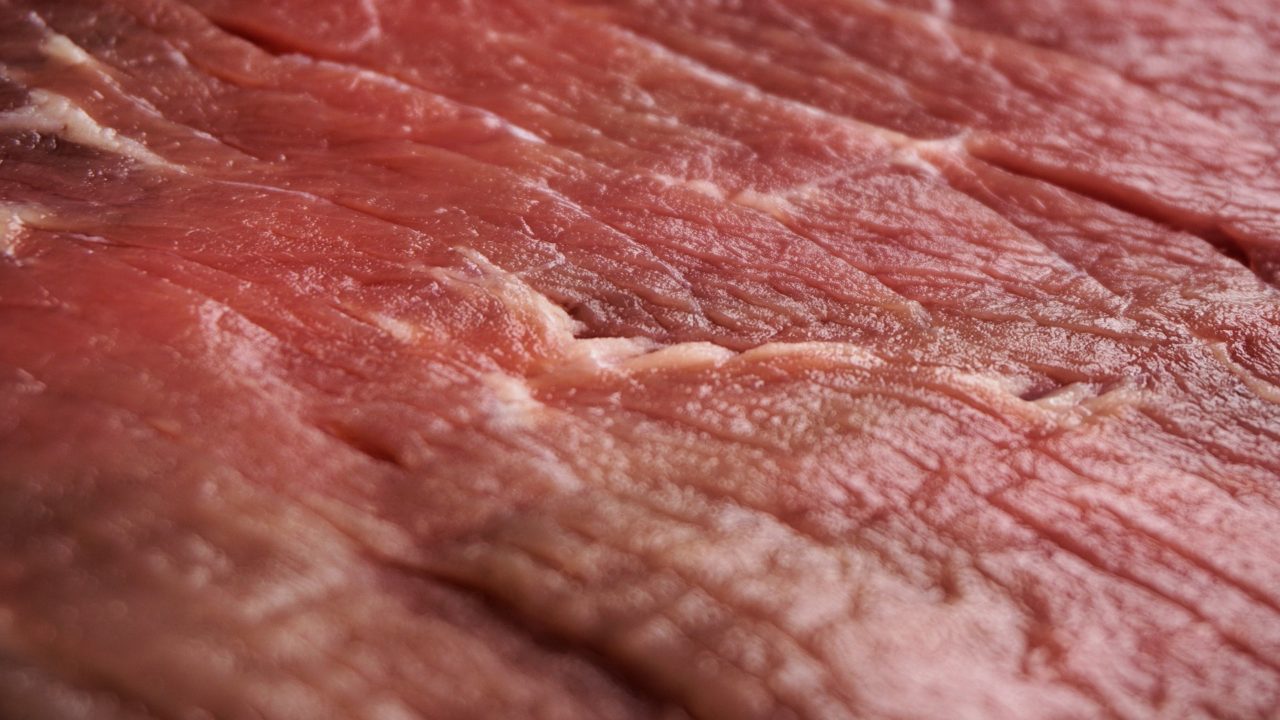The nutritional value of meat must be considered when comparing carbon footprints, according to Hybu Cig Cymru – Meat Promotion Wales (HCC).
The Welsh red meat promoter joined Queen’s University, Bangor University and the Agri-Food and Biosciences Institute (AFBI) to curate a scientific paper – ‘The nutritional value of meat should be considered when comparing the carbon footprint of lambs produced on different finishing diets’.
The project was focused on different lamb production systems, from low-input pastoral systems to higher-input systems for the latter ‘finishing’ period.
To date, no studies have explored the effect of finishing diet on the carbon footprint of lamb meat on a nutritional basis, HCC said.
HCC future policy and project development executive Dr Eleri Thomas said: “We have been working with Queen’s University, Bangor University and AFBI for this paper and the results are great news for the sector.
“We know that lamb production systems are under increasing pressure to reduce their environmental footprint, particularly emissions of greenhouse gases (GHGs).
“However, current metrics used to express the carbon footprint of lamb seldom consider its nutritional density and contribution to balanced diets in humans.”
Nutrients in lamb
Lamb can be a valuable source of polyunsaturated fatty acids (PUFAs), such as omega-3 and omega-6 fatty acids, which play an important part in human health, HCC said.
Data was collected from 33 farms that finished lambs on one of four distinct diets: forage crops, grass, concentrates, or grass and concentrates.
This was then used to estimate the carbon footprint of lamb produced from each system.
The level of PUFAs in two important cuts of lamb were then monitored, to determine the carbon footprint per unit of omega-3 PUFA.
When a conventional mass-based functional unit was employed, lambs finished on grass diets had on average the highest carbon footprint, however, when omega-3 PUFA content was accounted for, the grass diet had the lowest carbon footprint for cuts from the loin.
HCC market intelligence, research and development senior officer, Elizabeth Swancott, said: “Typically, carbon footprint assessment of farms use mass-based units, which can be useful for comparing efficiencies of different farming systems, however, they do not reflect how farming systems impact the nutritional differences of the final product.
“This study demonstrates the importance of considering nutrition when expressing and comparing the carbon footprints of nutrient-dense foods such as lamb.”

